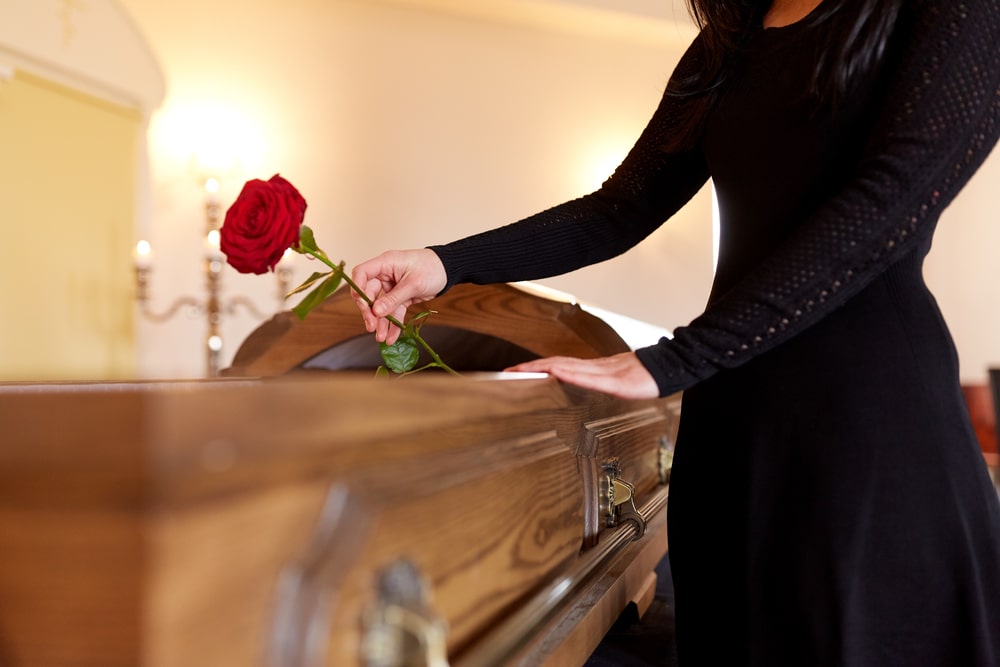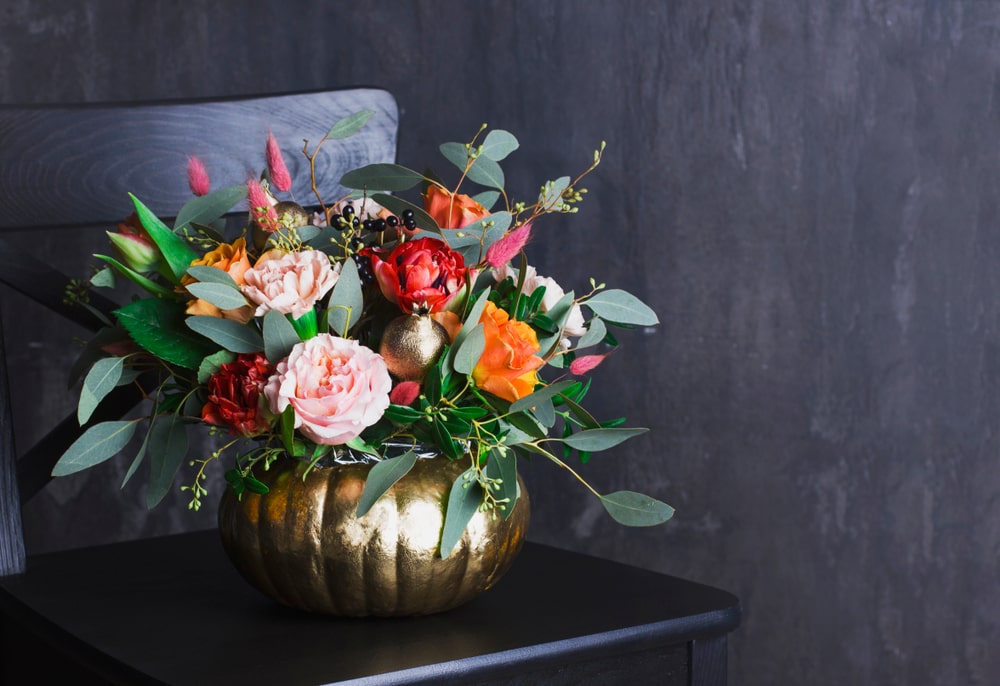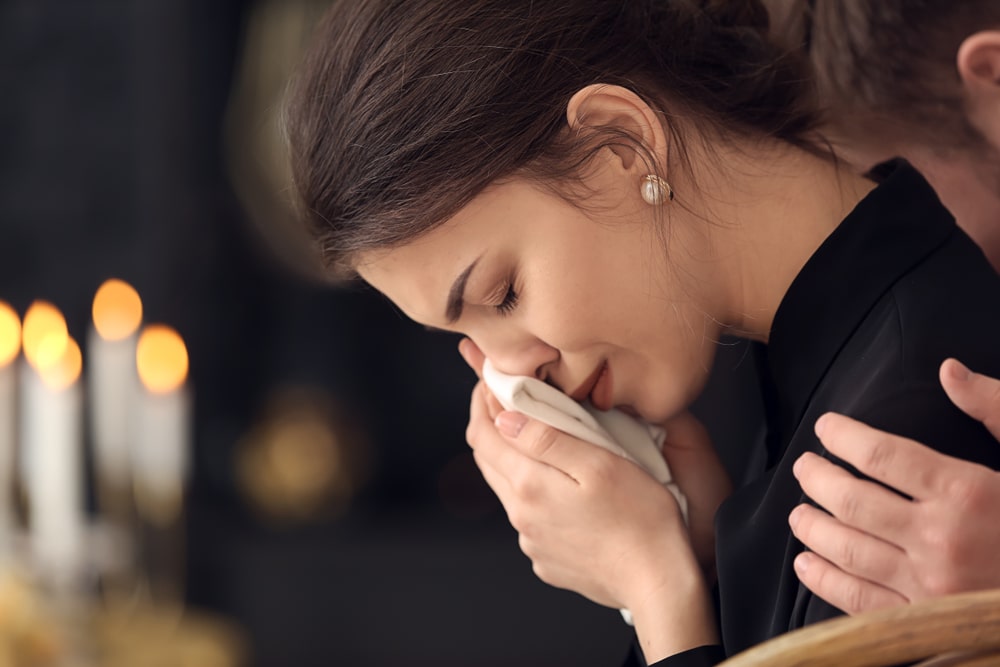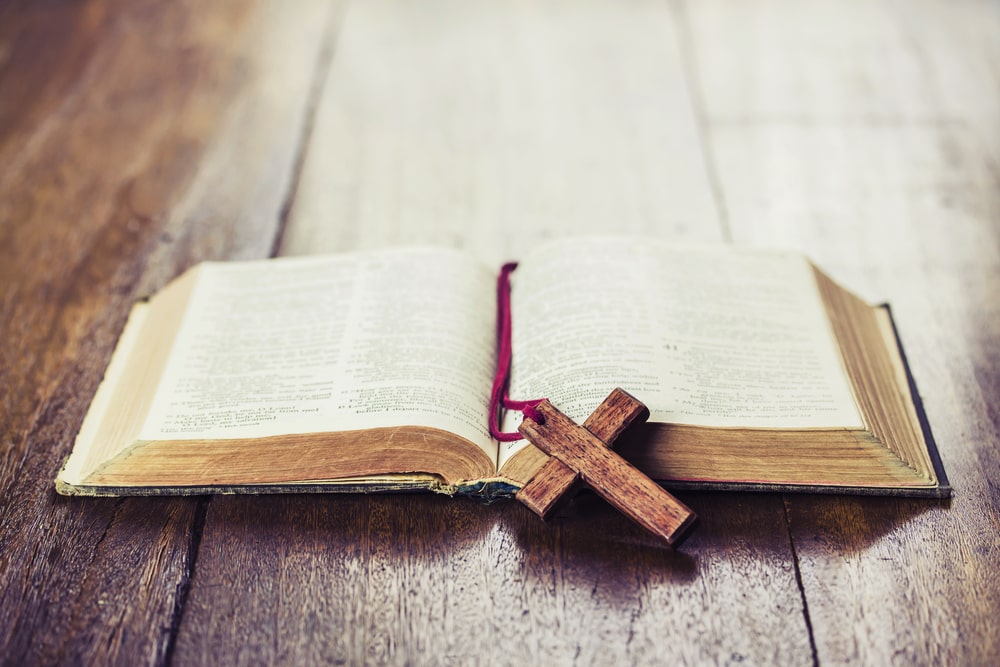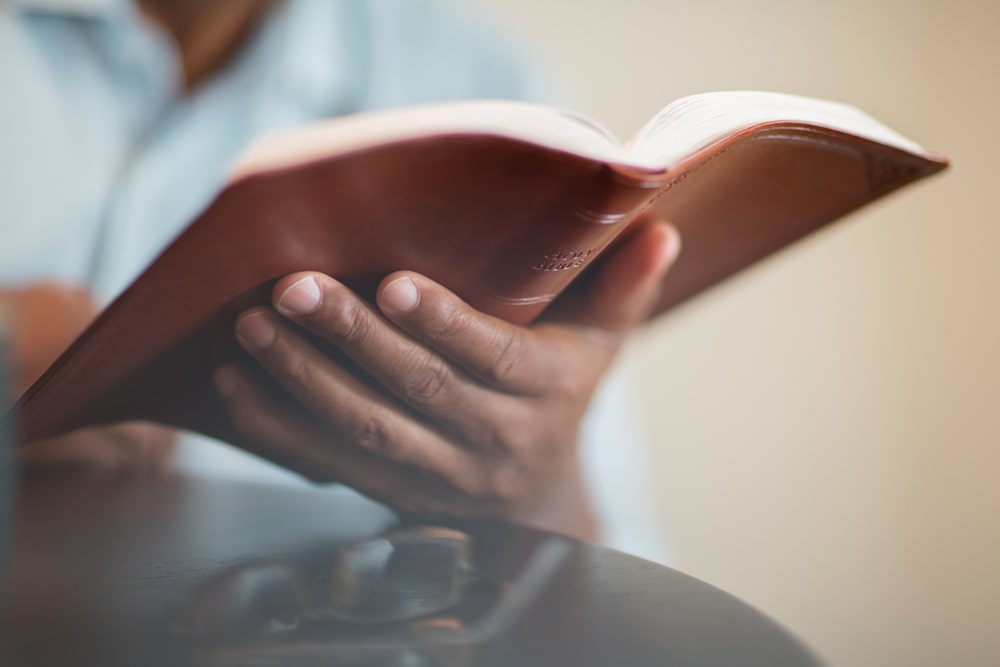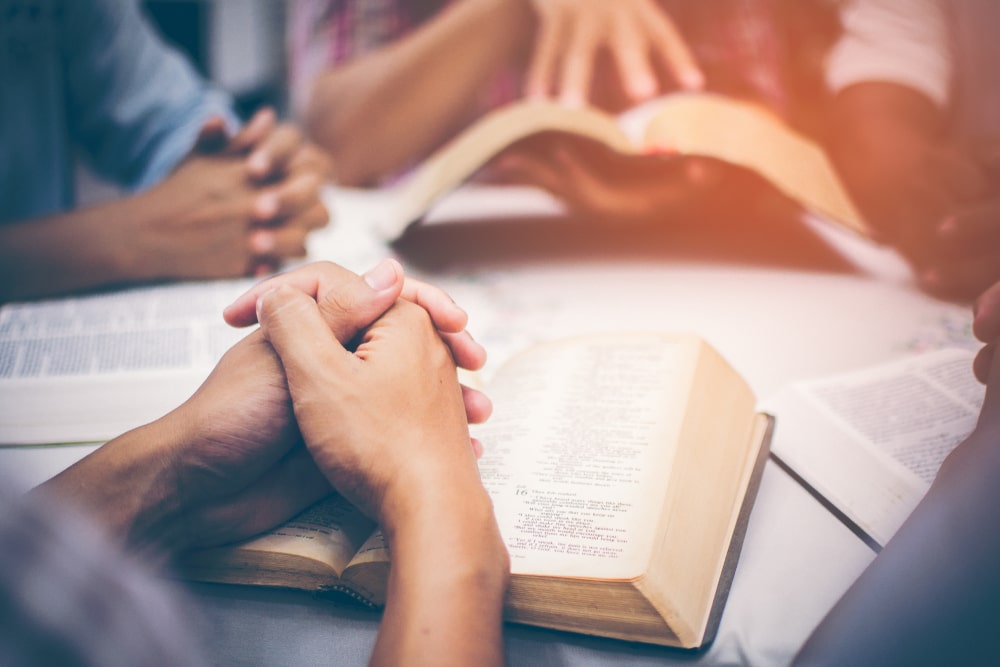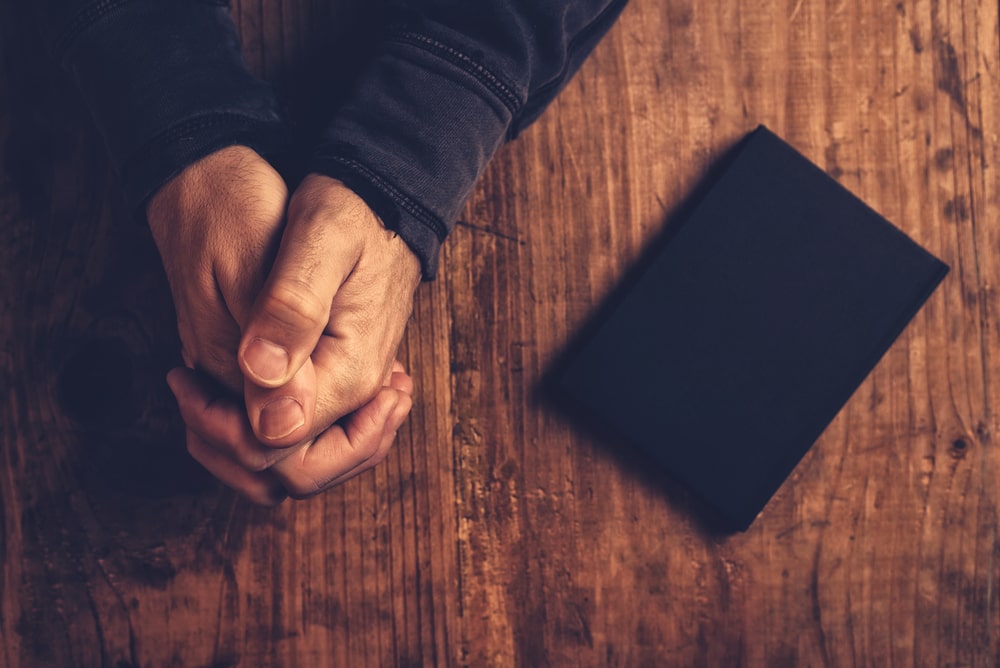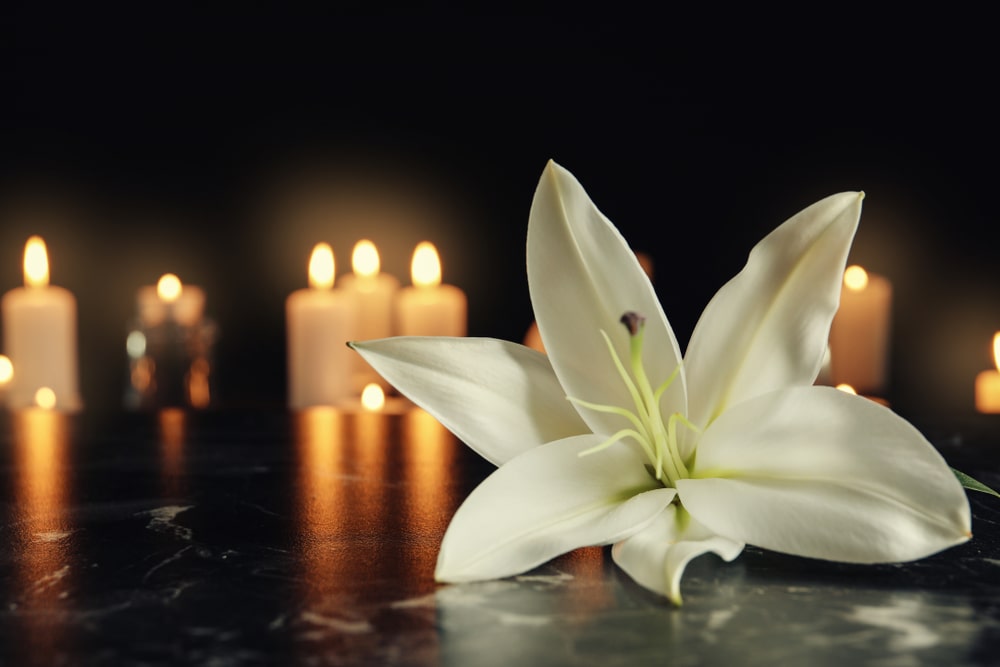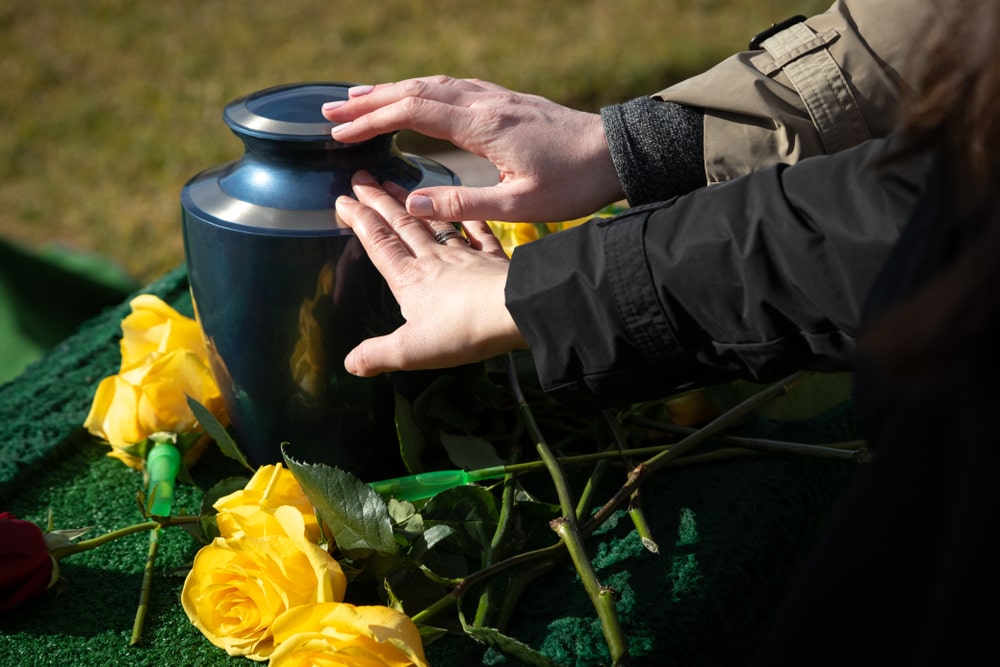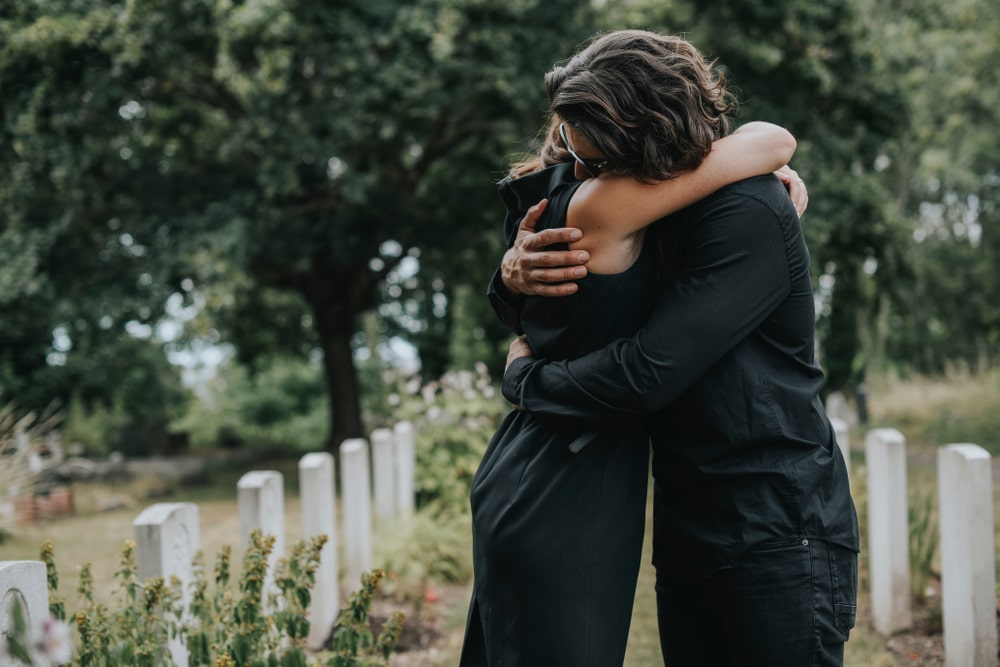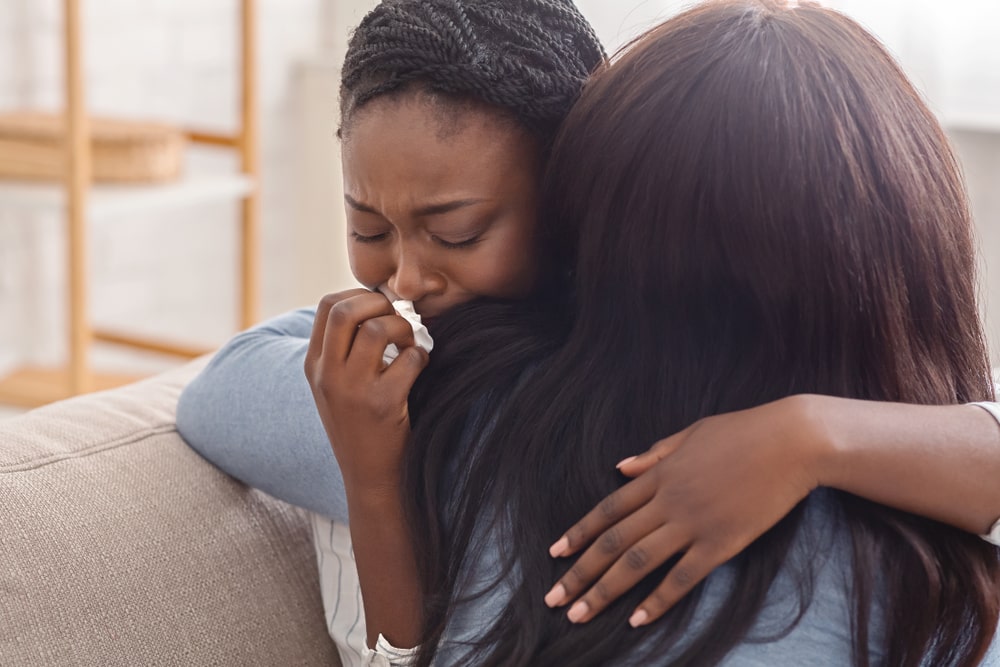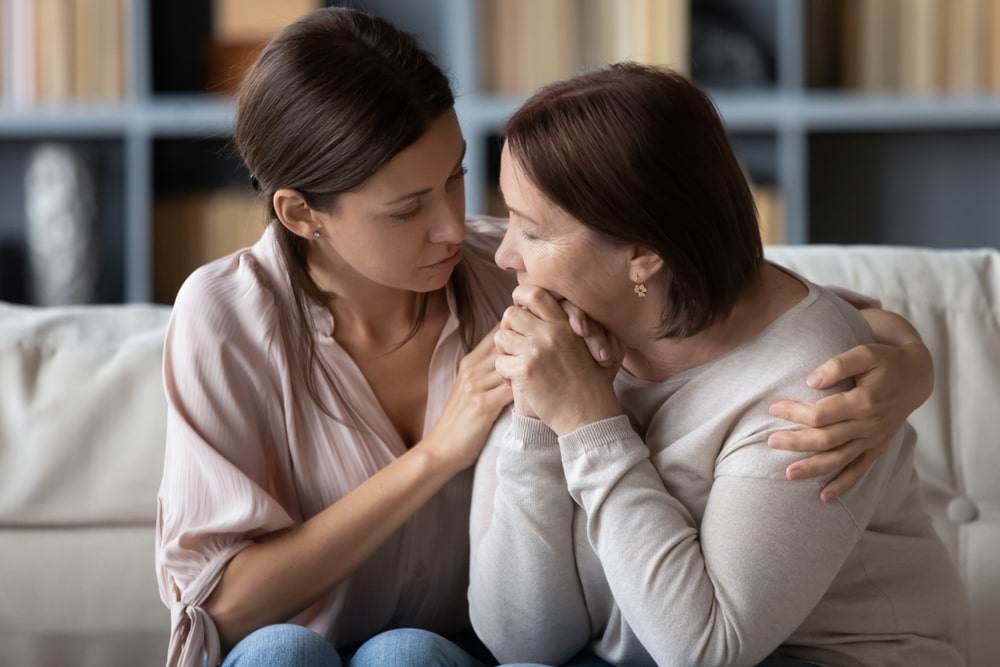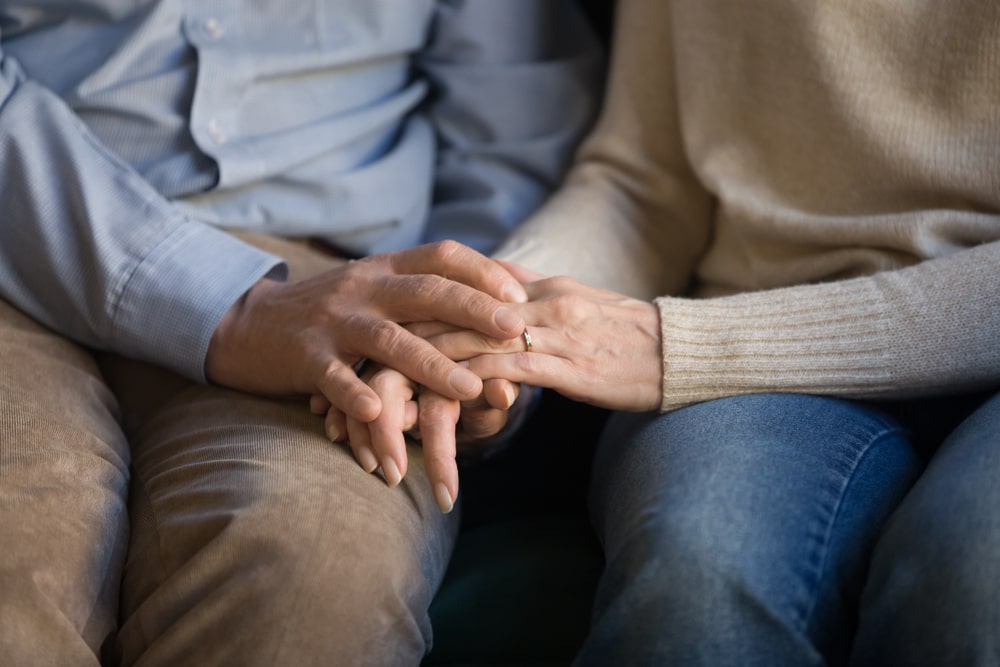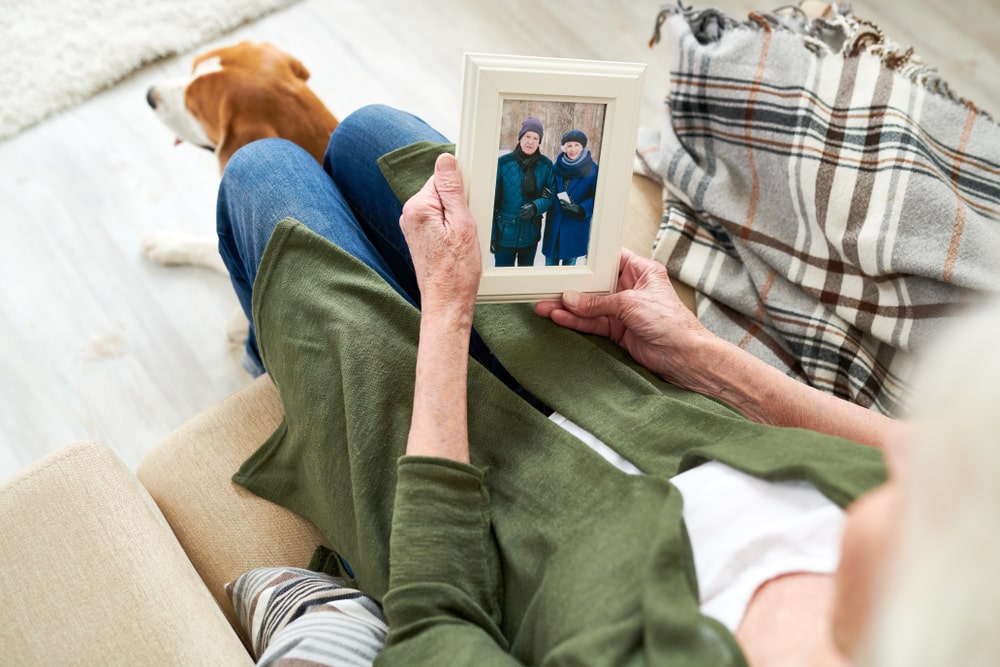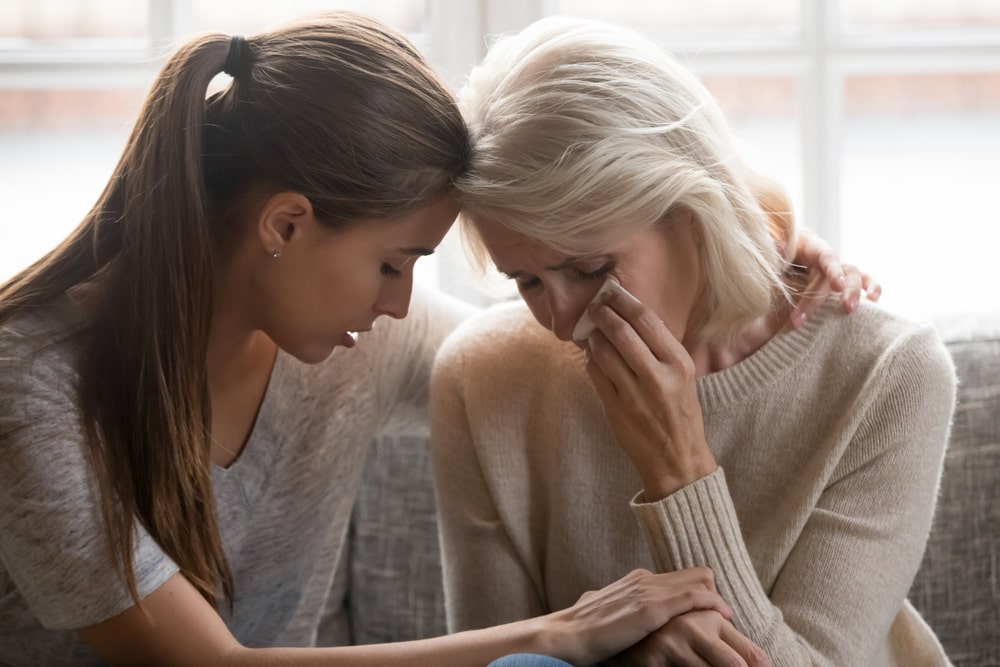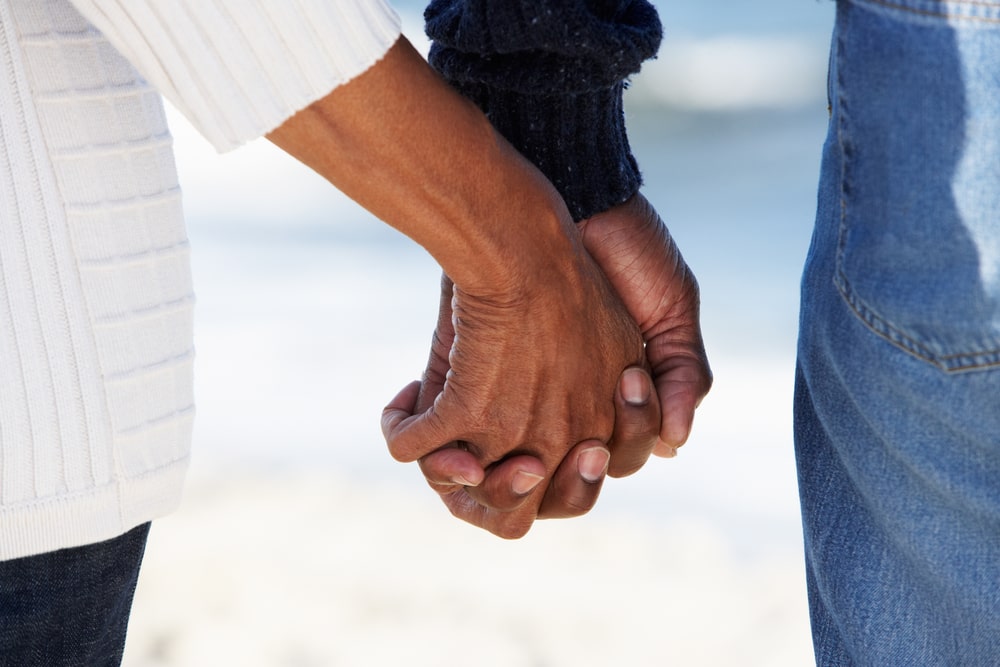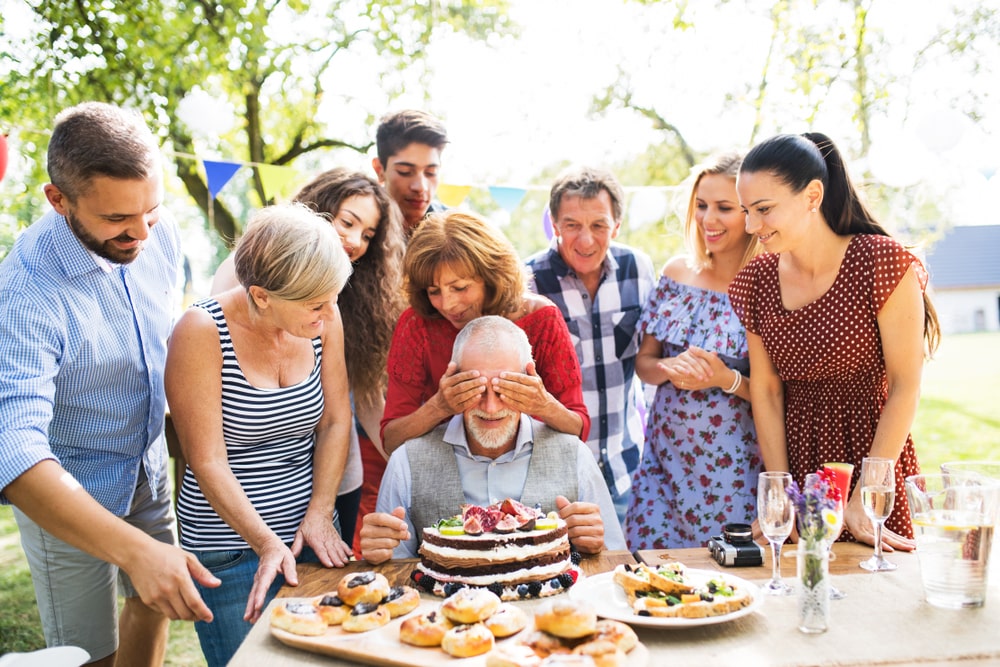
Livestream funeral and memorial services are here to stay. As a society, we’ve found that livestreaming allows far away family and friends to participate in the meaningful and symbolic actions associated with remembering and honoring a loved one’s life, which is so important to the healing process. But what’s the proper funeral etiquette you should follow – whether you plan to attend in-person or online?
To help you feel comfortable and at ease when attending a funeral or memorial service, let’s go over a few etiquette tips!
If You Are Attending In Person
You might be thinking, “I’m attending in person. Why do I need to think about livestream etiquette?” Two reasons. First, these etiquette tips still apply to your in-person experience. And second, people online will be able to see you in the streaming video, and to help make the experience just as meaningful for them, it’s important that you follow some simple livestream etiquette guidelines.
1. Arrive Early
A funeral or memorial service isn’t going to wait on you, so arriving a little early is important. Try to arrive 15 to 10 minutes early, which will give you time to sign the register book, greet the family, and find a seat before the service starts.
By arriving on time, you not only show your respect to the family, you eliminate a distraction for any livestream viewers. If a late arrival is unavoidable, find a seat to the side or at the back, so you create less of a disturbance for everyone.
2. Dress Appropriately
Mourning attire has drastically evolved over the years, but no matter what you decide to wear, the number one priority is to remain respectful.
Avoid clothes that are too revealing, flashy, or contain explicit content. These types of clothing will draw too much attention – both from in-person and livestream viewers – and will take the focus away from where it belongs: honoring a loved one’s life.
If you have any doubts about what is acceptable to wear to the service, traditional and conservative black, gray, or navy attire are typically safe choices.
3. Turn Off Devices
Cell phones, tablets, and other devices can be incredibly distracting – both for in-person and livestream attendees. To show your respect and to ensure that you aren’t a distraction for others, turn off your devices or leave them in the car.
If you absolutely need your device (e.g. to entertain a child or to take photos with family members), turn the sound off entirely. There is a time and place for technology. Make sure you are considerate of those around you when using it.
4. Avoid Crinkly Materials
Just like it’s respectful to avoid the disruption of a ringing cell phone, stay away from crinkly materials. For instance, if you are bringing a child to a service, open any snack bags ahead of time or place them in a container that makes little noise. The last thing you want is to open a crinkly bag of chips during a quiet, contemplative moment. And depending on how loud the material is, it could get picked up by the video microphone and carry to livestreams mourners.
5. Keep an Eye on the Kids & Pets
Children are always welcome at funeral and memorial services. It’s just as important for them to have an opportunity to say goodbye as it is for adults. However, if a child begins to make too much noise or begins to throw a fit or cry uncontrollably, it’s often best for everyone – present and online – if you take the child out to a quiet area where they can express their feelings without disrupting the entire service.
Depending on what caused the outburst, it may be appropriate to ask questions and talk through their feelings with them. Either way, keeping an eye on the kids will ensure that the service maintains its focus on the life of the person who has died and honoring their legacy.
Additionally, if you would like to bring a pet to the service, make sure this is okay with the family before doing so. Additionally, make sure your pet is capable of being quiet and unnoticeable during the service. If they are a loud animal, leave them at home.
For more funeral etiquette tips when attending a funeral or memorial in person, go to Funeral Etiquette.
If You Are Attending Virtually
Now, for livestream attendees, you have a little more to think about! You’re not off the hook for these first five tips. In fact, ALL of them apply to you!
- Arrive early. You should arrive early so you can set up and don’t have to deal with technical difficulties when the service starts.
- Dress appropriately. You should dress appropriately to honor and respect the family and the person who has died.
- Turn off devices. You should also turn off devices (other than the one you are using to livestream). By doing so, you can cut down on the possibility of distractions or disruptions.
- Avoid crinkly materials. You should definitely avoid noisy materials because sound travels easily to other livestream attendees. Muting yourself also helps with this problem.
- Keep an eye on the kids and pets. Lastly, you should make sure that your children and pets are well-behaved and won’t cause distractions for other online viewers.
But here are a few additional tips that will help you and everyone else have a good online experience as you remember, honor, and celebrate a loved one’s life.
1. Mute Yourself
The last thing you want as a virtual attendee is to disrupt the services with a howling dog or excited children. To ensure that you aren’t a distraction, mute yourself for the service unless you are given the opportunity to speak. If you are called on to speak, make sure that your space is quiet so that people can clearly hear your remarks.
2. Share Your Screen
Depending on how the livestream is set up, you may have the opportunity to share your screen. If you can share it, do so! This way, other virtual family and friends can see you and take comfort in your presence. But of course – make sure that your background isn’t distracting before sharing your screen.
3. Be Thoughtful with Your Comments
Some livestream options allow you to write comments in a Chat box. If you choose to write comments, make sure to be thoughtful about it. In many cases, the grieving family will receive a transcript of all Chat comments, so make sure to introduce yourself, say how you know the person who has died, and then, focus your comments on supporting the grieving family or sharing stories about the person who has died. These comments will bring comfort to the family long after the service is over.
4. Be Careful with Screenshots
Since you are watching from an electronic device, you have the ability to take screenshots. If you choose to do so, be tasteful about it. Absolutely refrain from taking screenshots of the deceased body if it’s visible. Be respectful and gracious with your choices.
5. Practice Patience
We all know that technology can be glitchy. If you are experiencing livestream issues, politely make a comment in the Chat box. The funeral home staff will do everything in their power to correct the issue. Don’t get frustrated, type in message after message, or begin to lose your cool – these reactions won’t help and will only make the experience unpleasant for everyone. Issues with technology come with the territory and are a risk we all run when doing things virtually.
In many ways, virtual attendance should mirror physical attendance as much as possible. It may be easy to become distracted with apps, email, phone calls, etc. because of the relative anonymity of the situation, but your focus should be on what’s most important – honoring a loved one’s life, saying your goodbyes, and offering support to others who are grieving.
With these simple livestream etiquette tips – whether you are attending in person or via livestream – you can ensure that your presence shows respect to the deceased and brings comfort and encouragement to the grieving family.




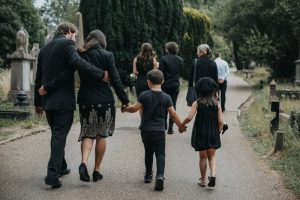






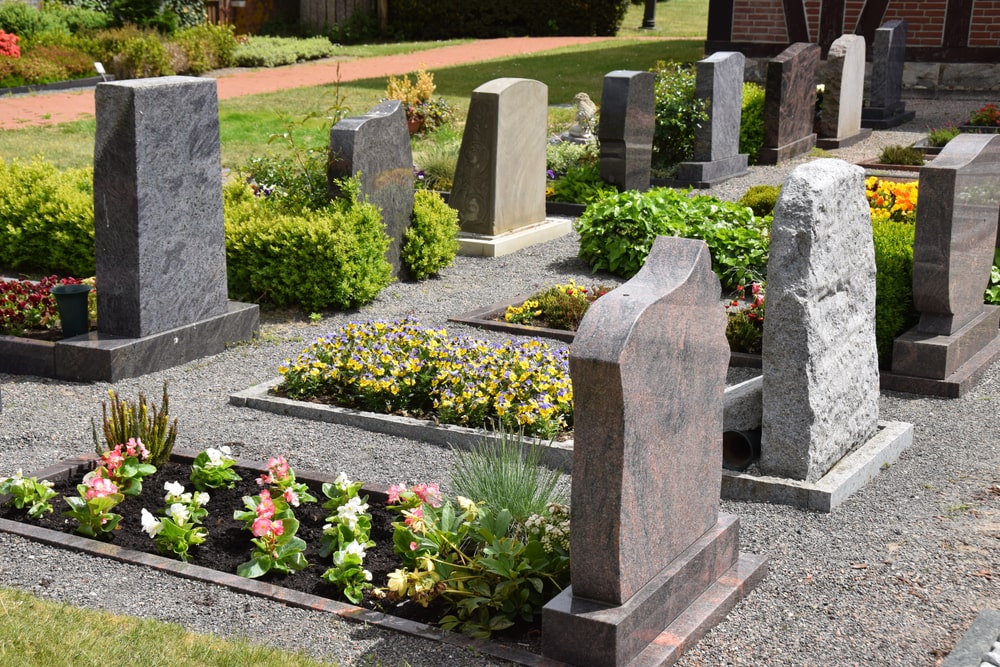


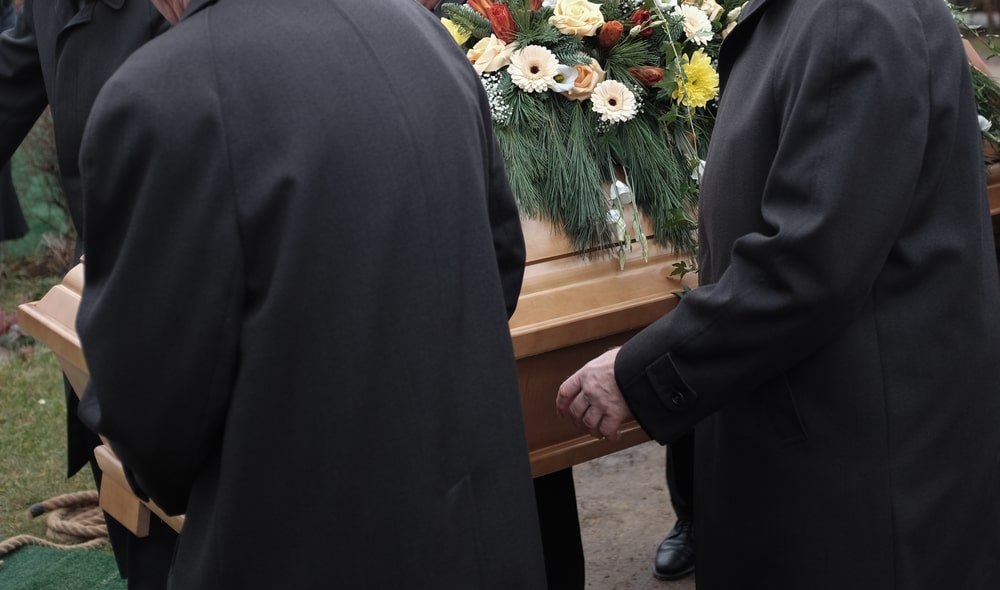





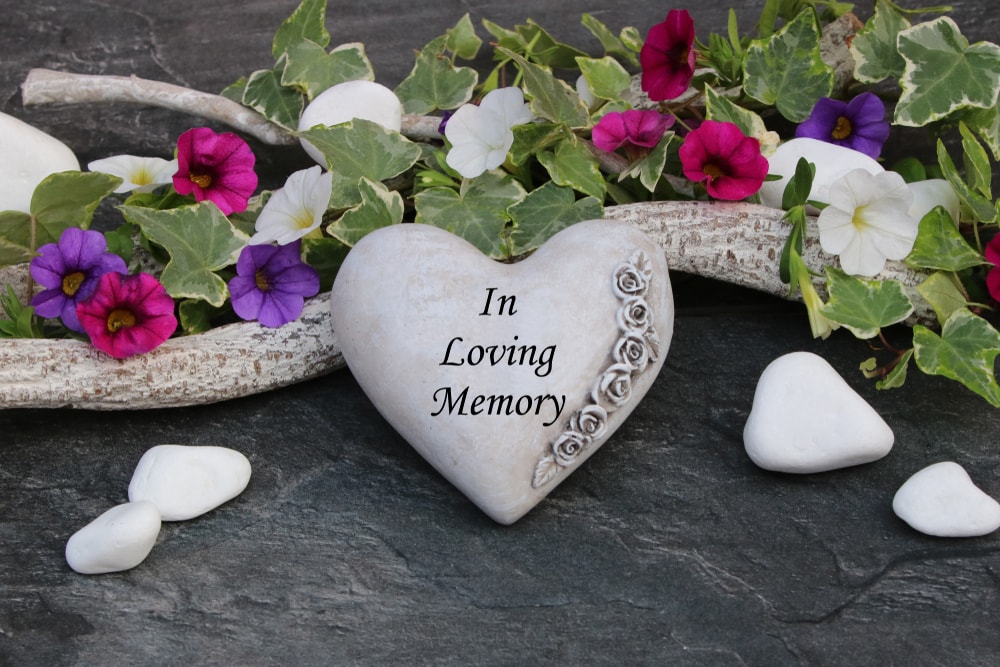
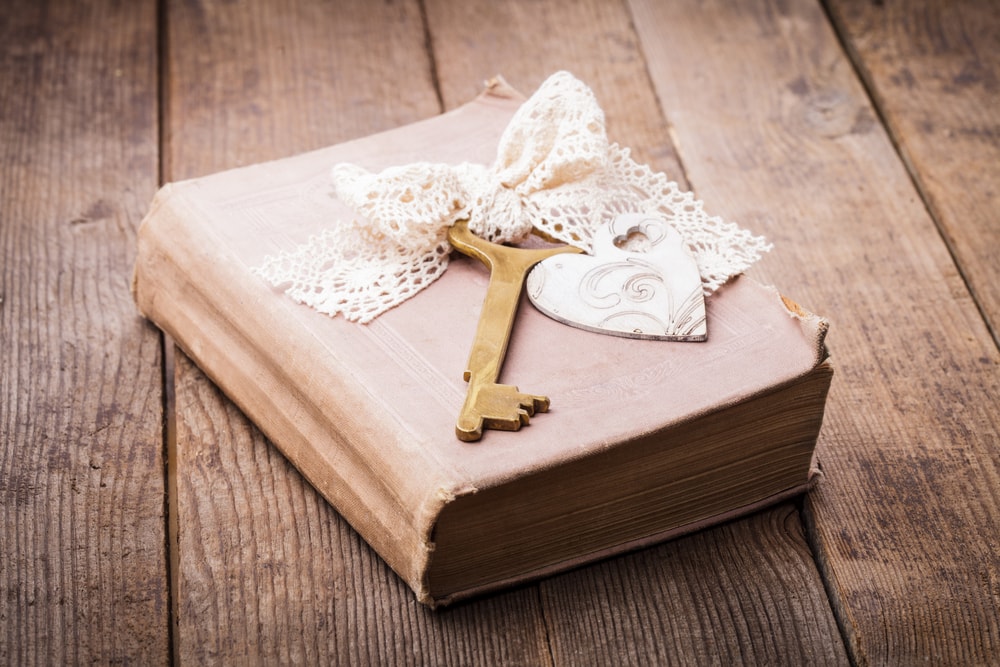



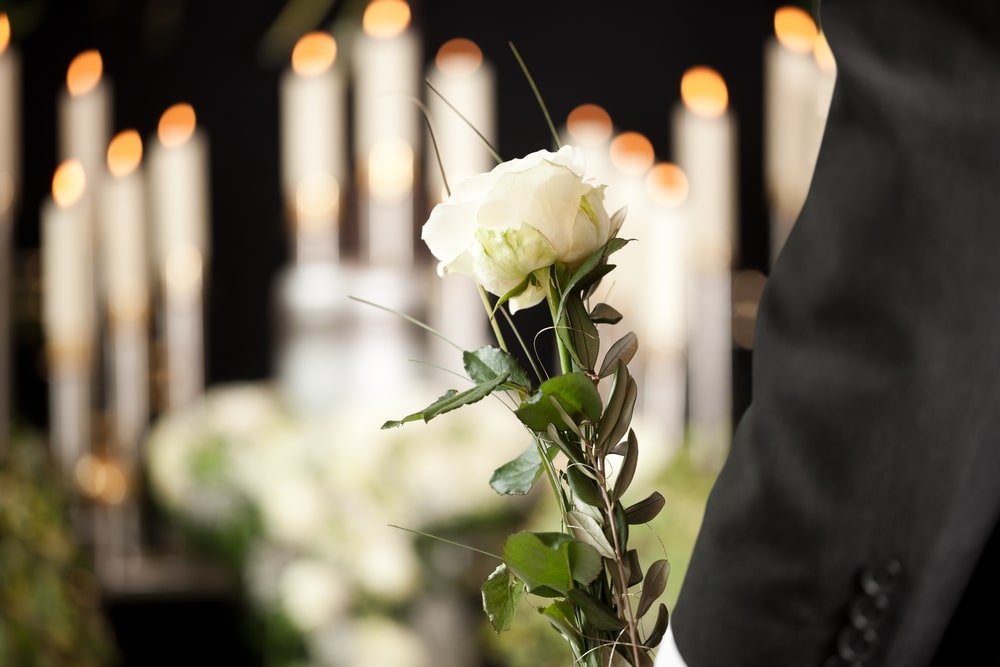
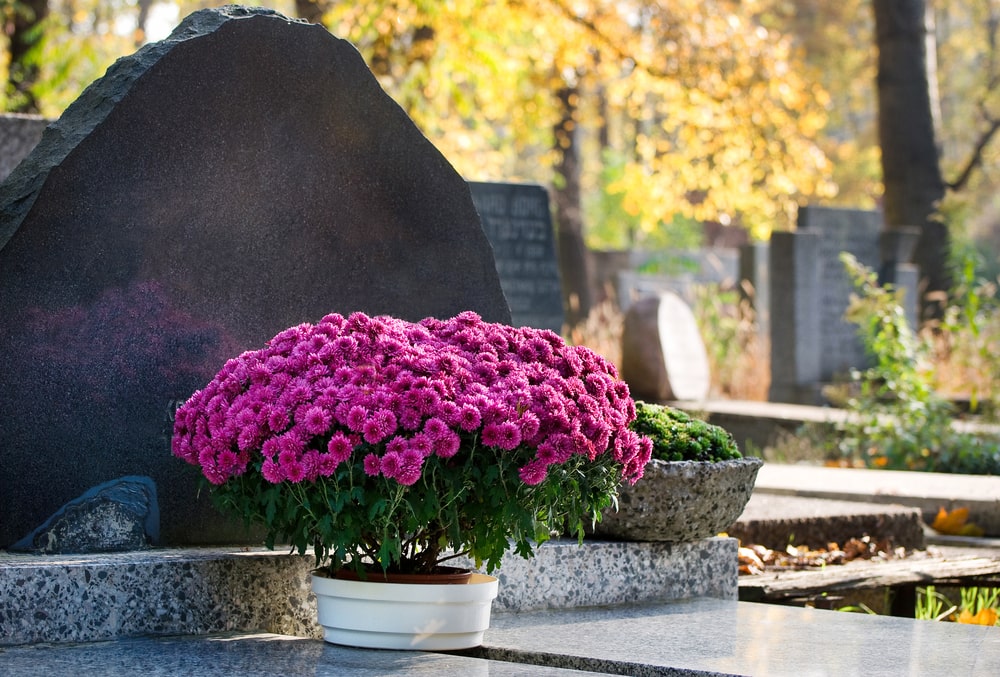

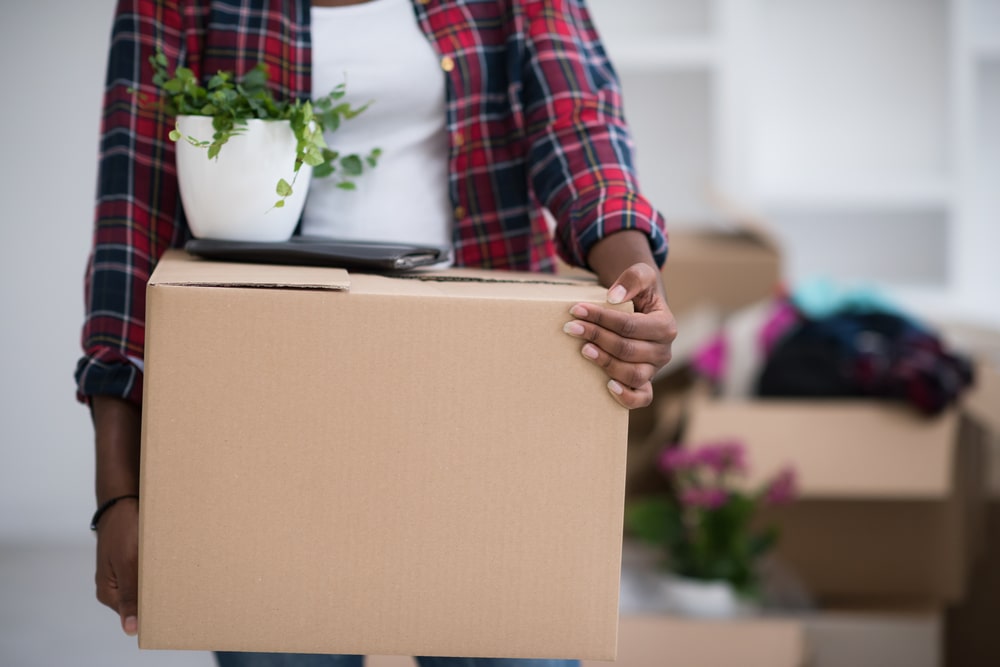
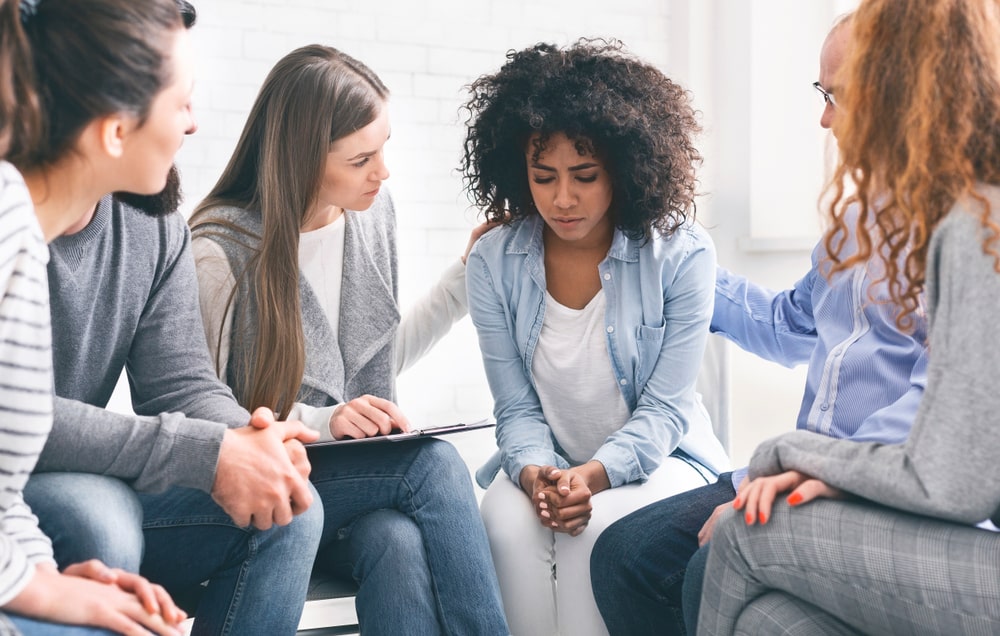
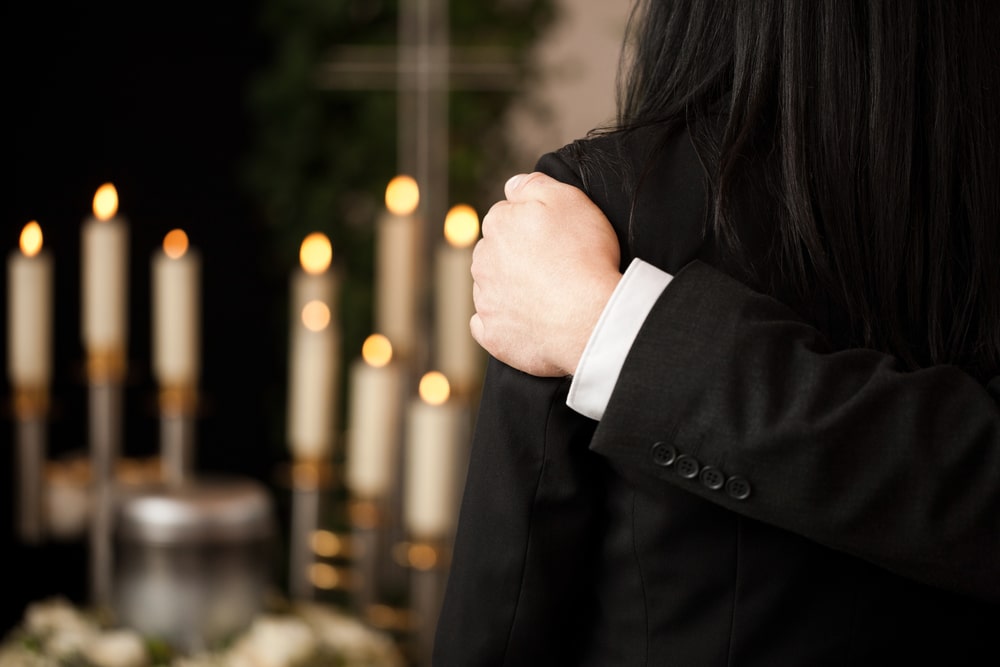
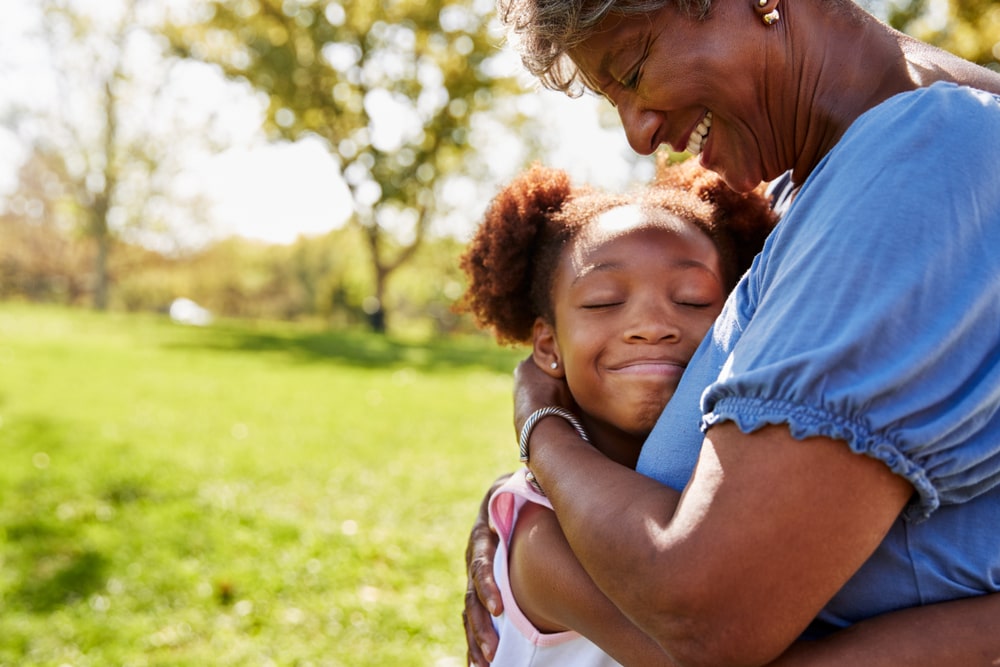

 Readings
Readings